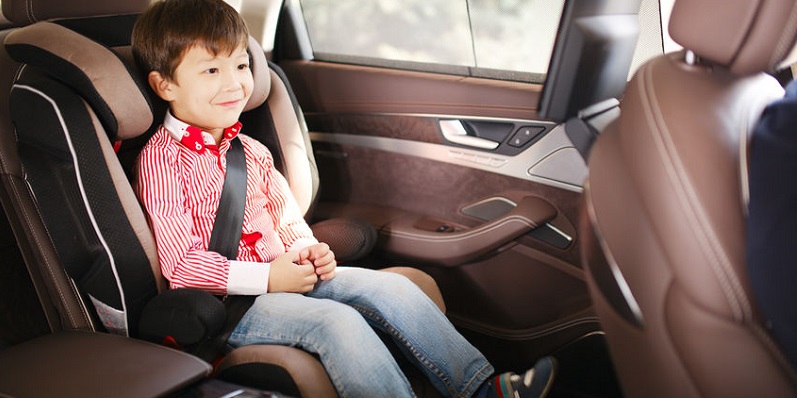In 2015, 663 children, age 12 and younger, were killed, and more than 130,000 were injured in auto accidents. The main reason? 43 percent of all child crash fatalities occurred because of improper use of child safety seats, an easily avoidable situation given proper education.
Research shows that children are at great risk of injury and death in car accidents due to improper use of seatbelts and fasteners.
The leading cause of death for young children is a car accident. One way of protecting a vehicle’s youngest occupant is to make sure that passenger is always properly restrained in a child safety seat. The key word here is ‘properly,’ as not correctly doing so can lead to serious injury or death.
Despite laws mandating child restraint seats, too many children are still being harmed or killed in accidents.
According to the Centers for Disease Control and Prevention (CDC), too many children are still being harmed, some fatally, in vehicle crashes. The CDC notes that in 2015, 663 children, ages 12 and younger, were killed and more than 130,000 were injured in crashes. A national news story last year highlighted research that showed 43 percent of all child crash fatalities occurred because of improper use of child safety seats. That same report also highlighted a large study published in the Journal of Pediatrics on why so many kids die in crashes and where in the country this dire situation is taking place more often than not. Though the study is very in-depth, the conclusion section notes:
“MVC (motor vehicle crash)-related pediatric mortality varied by state and was associated with restraint nonuse or misuse, rural roads, vehicle type, and red light camera policy. Revising state regulations and improving enforcement around these factors may prevent substantial pediatric mortality.”
Proper child restraint in vehicles, including older children, remains a major factor. Last year, a Colorado Springs woman and her two children died in a crash; it was later learned that the two children, ages 8 and 14, were not wearing seatbelts at the time of the crash. This accident and so many others involving children have prompted safety officials to declare one week in September as Child Passenger Safety Week, and this year, the safety awareness week runs from Sept. 23-29.
During the week, there will be special public service ads alerting parents or guardians of where they can go to find more information and help on the proper use of child safety seats and specific information on passenger restraints for older children. For those parents here in Colorado, the Colorado Department of Transportation (CDOT) has state safety information available that includes locations for free child safety seat inspections and recommendations on what to do to keep a child safe while riding in a vehicle, regardless of age.
Not all child safety seats are equal, so adults need to be educated on what to get and when.
The National Highway Traffic Safety Administration (NHTSA) notes that there are different types of child seats:
- Rear-facing seats are appropriate for infants and young children. The core aspect of the seat is a cradle, and it comes equipped with a harness, so in the event of a crash, the cradle moves to reduce possible injury to the child’s neck and spine
- Forward-facing seats are used for older children who sit secured with a harness that limits the amount of forwarding movement in the event of an accident.
- Booster Seats are used for children who have outgrown child safety seats, which typically occurs when a child is between 40 and 65 pounds.
As children age and outgrow child safety seats, they should learn how to buckle up using a seat belt, with particular attention paid to the idea of buckling up every time they get into a vehicle, no matter how short or long the car ride.

